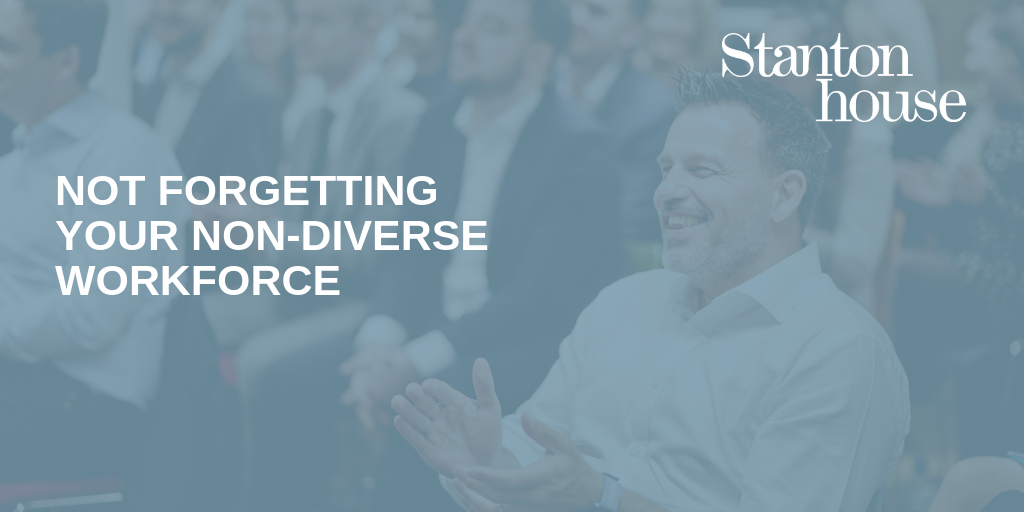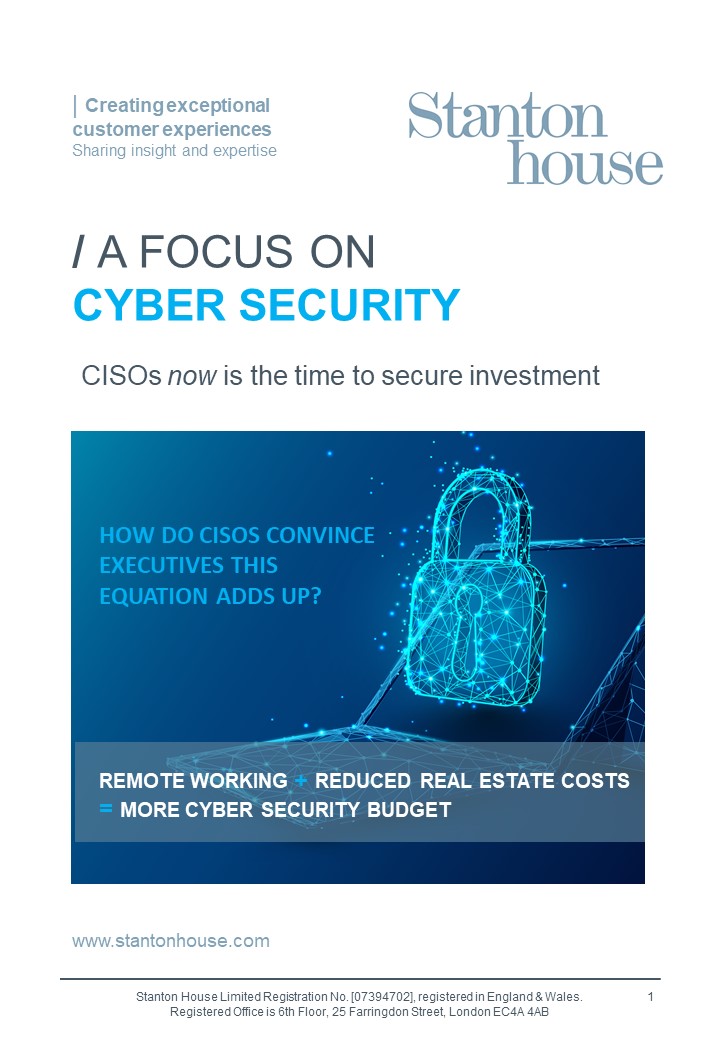
This blog was posted by Guest Blog
Creating Exceptional Experiences

Posting date:
09 Aug 2019
Greg Young is an executive coach, mentor, author and leadership development practitioner who is recognised internationally as a thought leader in the issues surrounding board and senior team cohesiveness. Greg is passionate about the development of female leaders and the improvement of gender diversity. He advocates that mentoring has the potential to support both of these objectives.
With the adoption of technological developments such as artificial intelligence and machine learning there is an urgent need for the greatest diversity of thinking organisations can possibly get.
Unknown problems require unknown solutions and companies well positioned to act are making great progress in terms of improving diversity, with gender diversity often a key priority.
A key focus for many organisations is how to generate diversity that will produce that ability to harness the benefits of disruptive technologies. Alongside company led initiatives, some governments and numerous industry bodies are also setting targets which; whilst important, can present a lot of resentment. In the instance of gender diversity, companies are facing a material loss of male talent and my advice is that if you are looking to promote diversity, don’t lose track of the people who aren’t diverse.
This is where real leadership comes in. Look at the reason why you are introducing diversity initiatives and rather than improving diversity for diversity’s sake focus on the long-term survivability and success of your organisation.
It is very easy to ignore the people who form the status quo; those who claim it’s ‘PC gone mad’, but you need to bring them with you at the same time. Use your first mentors to persuade their colleagues that this is the right thing to do and give them the dialogue and the data as to why this is the right thing to do.
For full access to Greg’s interview and our white paper on Reverse Mentoring please follow the download link below and join the conversation – how important is your non-diverse workforce?
Similar blogs

Insight papers
We take great pride in being able to share expert knowledge and having an opinion on the topics that will impact your hiring success or professional career.
Explore and download our recent insight papers.



